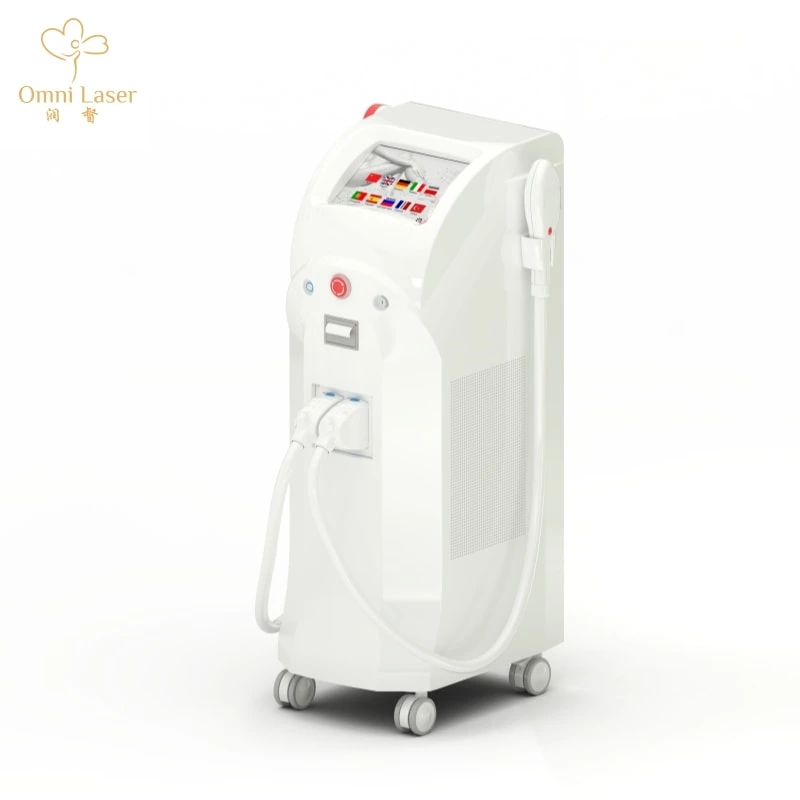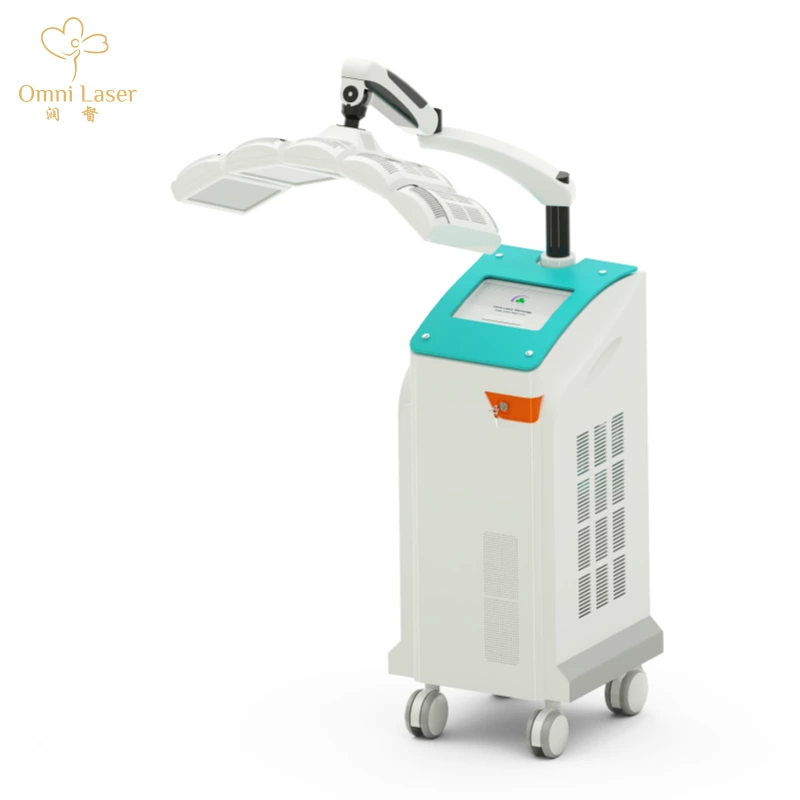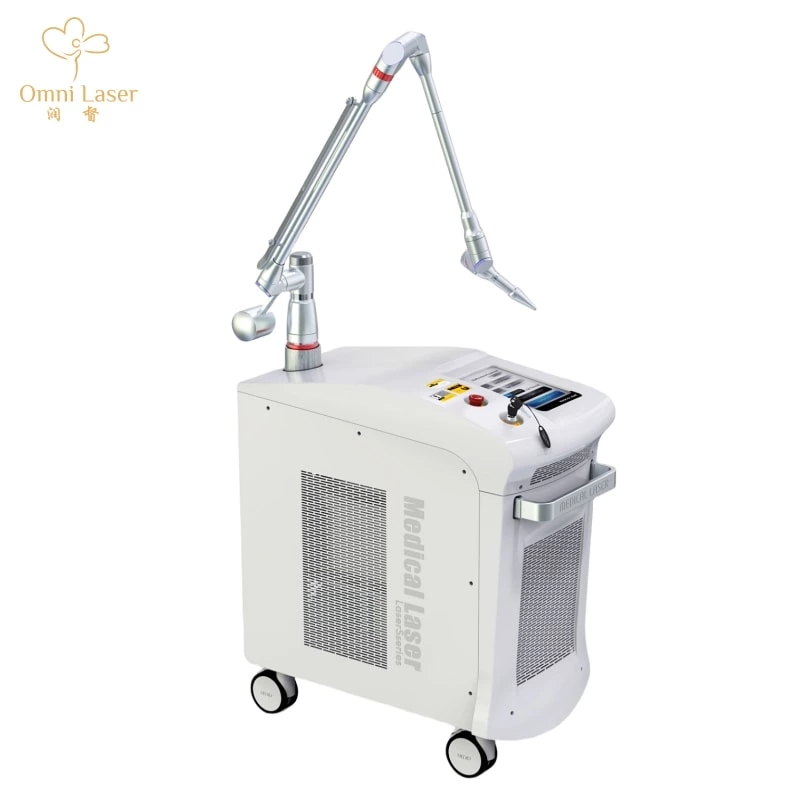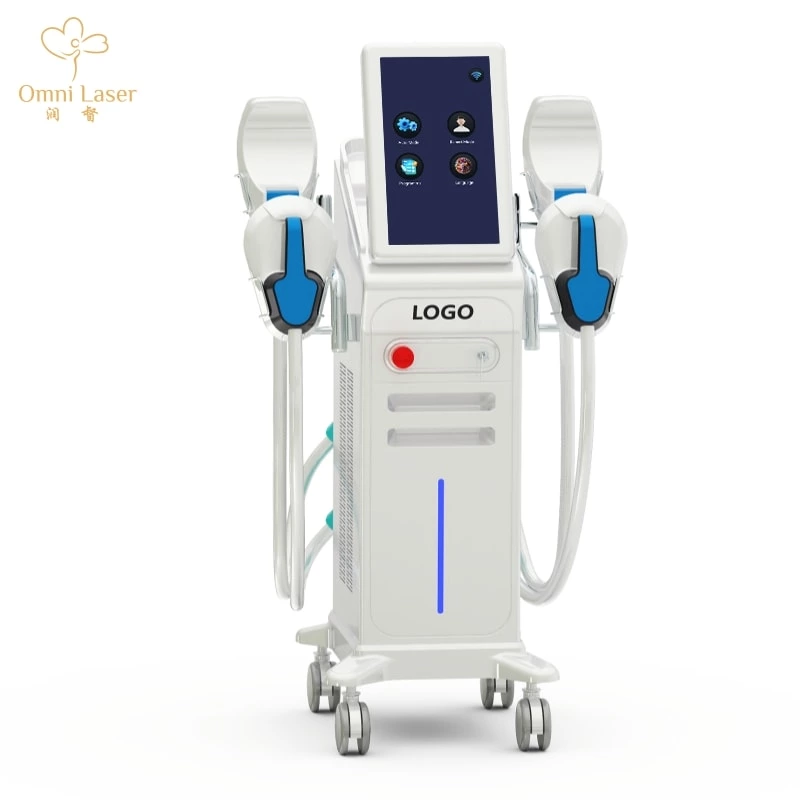Winter Skincare Reinvented: Harnessing Photodynamic Therapy for Radiant Skin
Why winter is a challenging time for skin
During the colder months, the skin’s barrier is under extra stress. Low humidity, cold winds, indoor heating and reduced outdoor daylight all contribute to:
-
Increased transepidermal water loss → dryness, flakiness, tightness.
-
Impaired microcirculation → skin may look more sallow or dull.
-
Heightened sensitivity or redness as the barrier weakens.
-
Slower cellular turnover and repair mechanisms (less sunlight, less vitamin D synthesis).
Thus, it’s a time when “just moisturise more” may not be enough; boosting skin renewal, circulation and resilience becomes key.
What is Photodynamic Therapy (PDT) and how does it help skin?
Photodynamic therapy involves the use of specific light wavelengths to stimulate biological responses in the skin. The Omni-Laser system offers multiple light wavelengths: red (~633 nm), blue (~420-469 nm), yellow (~590 nm), green (~525 nm), and near-infrared (~830-850 nm).
Here’s how they contribute:
-
Red light improves microcirculation, boosts collagen production, helps reduce fine lines and photo-damage.
-
Blue light targets inflammation, acne-causing bacteria and helps calm redness.
-
Green light addresses pigmentation by penetrating deeper skin layers and helping prevent further spot formation.
-
Yellow light supports lymphatic drainage and detoxification.
-
Near-infrared light penetrates deeply to support wound healing, tissue repair and overall skin resilience.
During winter, when barrier function is challenged, circulation is reduced, and skin renewal slows, PDT offers a way to directly stimulate and support skin physiology—to complement topical care rather than replace it.
How to integrate PDT into your winter skincare routine
-
Baseline care first: Before using PDT, ensure your basic winter skincare is solid. This means a gentle cleanser, a hydrating serum (e.g., hyaluronic acid), a barrier-repair moisturiser and SPF (yes, even in winter!).
-
Choose the correct light mode for your skin priority:
-
If your skin is dull and lacks radiance: opt for red light + near-infrared.
-
If you struggle with winter breakouts or redness: blue light + green light.
-
If pigmentation or sunspots from past seasons are showing: green light is key.
-
-
Frequency & duration: According to the specs of the Omni device, treatment times range around 20 minutes for red at 633 nm; adjustable dose range spans from 3.6 to 712.8 J/cm² depending on the model. For winter use, you might start with 1-2 sessions per week and adjust based on skin response.
-
Timing in your routine: Use PDT after cleansing but before heavy occlusive moisturisers. After the session, apply soothing or repairing serums, then moisturiser. Avoid heavy exfoliation on the same day.
-
Complement with winter-specific skincare: After the light session your skin may be more receptive—so use a good antioxidant serum (vitamin C or niacinamide) and a richer barrier cream to lock in moisture and protect from cold/indoor heating stress.
Safety and winter-specific considerations
While daylight is shorter in winter, don't skip SPF—some blue light devices may slightly increase sensitivity, so sun protection remains important. Because indoor heating can dry the air, ensure you’re humidifying your environment (e.g., humidifier in bedroom) to support barrier repair alongside PDT. Monitor how your skin feels: if you experience increased sensitivity, burning or flushing after PDT, reduce frequency. The colder season often means slower recovery, so give skin a little more rest. Use a device with validated specifications: the Omni-Laser machine lists detailed output densities, wavelengths and dose ranges. If you have specific skin conditions (e.g., active rosacea, recent strong chemical peel, skin cancer history), consult a dermatologist before PDT.
Why winter is the ideal time for a skin reset with PDT
The skin’s cumulative sun-damage from the summer may be more visible in winter; red and green wavelengths help repair and correct underlying damage. With less outdoor sun exposure, risk of phototoxicity is lower, making it a safer “quiet” season for treatments. Indoor heating and reduced humidity mean skin barrier is under pressure—PDT supports microcirculation and barrier physiology, helping skin bounce back. Using PDT in winter helps set the stage for spring: you’ll enter the brighter months with smoother, more resilient skin and fewer reactive issues.
Conclusion
Winter skincare doesn’t have to be limited to layer after layer of moisturiser. By incorporating a well-designed photodynamic therapy device like the Omni-Laser PDT system into your routine, you can proactively support skin renewal, barrier repair and radiance for the colder months. Pairing the right wavelength for your skin priority, maintaining solid foundational skincare and adapting for the seasonal environment will help ensure your skin doesn’t just survive winter—it thrives.
by Laurinda






